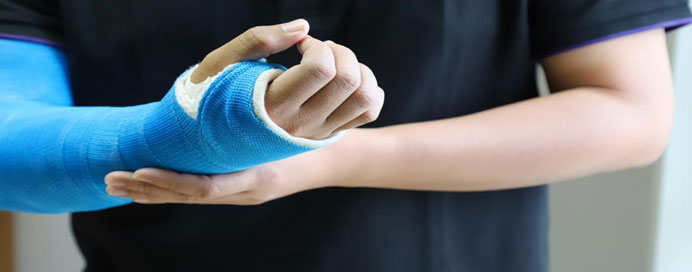Services / Dr. Ravi Bhanushali

Fracture care involves the management and treatment of broken bones. Fractures can occur due to various reasons, such as trauma, falls, accidents, or underlying medical conditions. Proper fracture care is essential to promote healing, prevent complications, and restore normal function.
The treatment approach for upper and lower limb fractures depends on factors such as the type of fracture, its location, the degree of displacement, and the overall health of the patient. Early and accurate diagnosis by a healthcare professional is crucial to determine the most appropriate course of action for each individual case.
